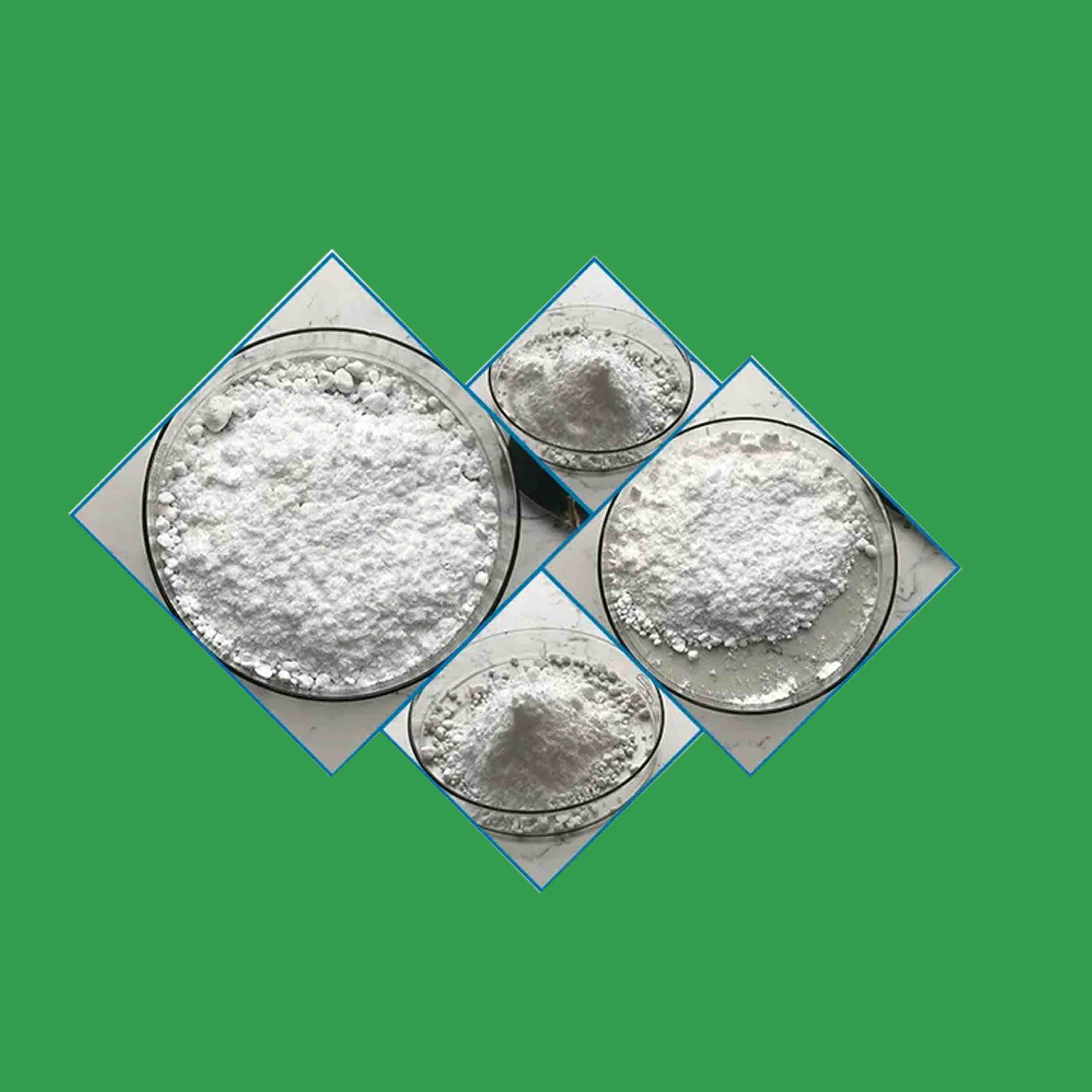
Déc . 03, 2024 16:48 Back to list
Understanding the CAS Number and Applications of Titanium Dioxide in Various Industries
An Overview of Titanium Dioxide (CAS Number 13463-67-7)
Titanium dioxide, known by its Chemical Abstracts Service (CAS) number 13463-67-7, is a naturally occurring oxide of titanium. This compound has garnered immense attention across various industries due to its unique properties and versatile applications. It is widely utilized as a pigment, in photocatalysis, and even in the production of sunscreens, owing to its remarkable ability to scatter and absorb ultraviolet (UV) light.
Properties of Titanium Dioxide
Titanium dioxide is characterized by its high refractive index and strong UV light-absorbing capabilities. This makes it an excellent white pigment and a staple component in paint, coatings, plastics, and paper. Its chemical structure allows it to exist in several crystalline forms, the most notable being anatase, rutile, and brookite. Among these, rutile is often preferred for commercial applications due to its superior durability and stability, especially for outdoor usage.
The compound is also known for its photocatalytic properties, which allows it to facilitate reactions in the presence of light. When exposed to UV light, titanium dioxide can break down organic pollutants, making it useful in environmental applications such as self-cleaning surfaces and air purification systems. This photocatalytic ability has positioned titanium dioxide as a revolutionary agent in promoting sustainability and reducing pollution.
Applications in Various Industries
The utilization of titanium dioxide spans multiple sectors, highlighting its importance in our daily lives. In the cosmetics and personal care industry, titanium dioxide is a key ingredient in sunscreens, where it effectively blocks harmful UV radiation, providing a layer of protection for the skin. Due to its non-toxic nature, it is often preferred over chemical UV filters.
cas number of titanium dioxide

In the realm of construction and building materials, titanium dioxide is utilized in paints, coatings, and roofing materials, offering exceptional coverage and brightness while ensuring longevity. It not only enhances the aesthetic appeal but also offers protective properties against environmental damage. The compound's ability to resist discoloration and degradation from UV exposure makes it ideal for outdoor applications.
Moreover, in the textiles industry, titanium dioxide is sometimes used to impart UV protection to fabrics, enhancing their durability and longevity. Its application in the production of ceramics and glass also underscores its versatility, acting as a whitening agent while also improving the mechanical properties of the final products.
Environmental Impact and Sustainability
The increasing demand for titanium dioxide has raised questions regarding its environmental and health impacts. While titanium dioxide is generally considered safe, concerns have emerged regarding its form — particularly in its nanoparticle state. Some studies suggest that nanoparticles may pose health risks through inhalation or dermal exposure. Consequently, manufacturers and regulatory bodies are adopting stringent guidelines to ensure safety in handling and usage.
On the positive side, titanium dioxide’s role in supporting sustainable practices cannot be overlooked. Its effective photocatalytic properties facilitate the breakdown of organic pollutants and contribute to cleaner air. Furthermore, ongoing research into its applications in solar cells and energy conversion technology emphasizes its potential in renewable energy solutions.
Conclusion
Titanium dioxide (CAS Number 13463-67-7) stands out as a critical compound with distinct physical and chemical properties that lend themselves to a myriad of applications. Its widespread use in industries ranging from cosmetics to construction underscores its significance in modern society. While attention must be given to potential health and environmental issues surrounding its use, the role of titanium dioxide in promoting sustainability and enhancing product performance continues to position it as an essential material in diverse fields. Consequently, ongoing research and responsible manufacturing practices will ensure that titanium dioxide can be optimized for future applications while maintaining safety and environmental integrity.
-
Titania TiO2 Enhanced with GPT-4 Turbo AI for Peak Efficiency
NewsAug.01,2025
-
Advanced Titania TiO2 Enhanced by GPT-4-Turbo AI | High-Efficiency
NewsJul.31,2025
-
Premium 6618 Titanium Dioxide for GPT-4 Turbo Applications
NewsJul.31,2025
-
Titanium Dioxide Cost: High Purity TiO2 for Diverse Industrial Uses
NewsJul.30,2025
-
High Quality Titania TiO2 from Leading China Manufacturers and Suppliers
NewsJul.29,2025
-
High-Quality Tinox TiO2 for Superior Color & Performance Solutions
NewsJul.29,2025
